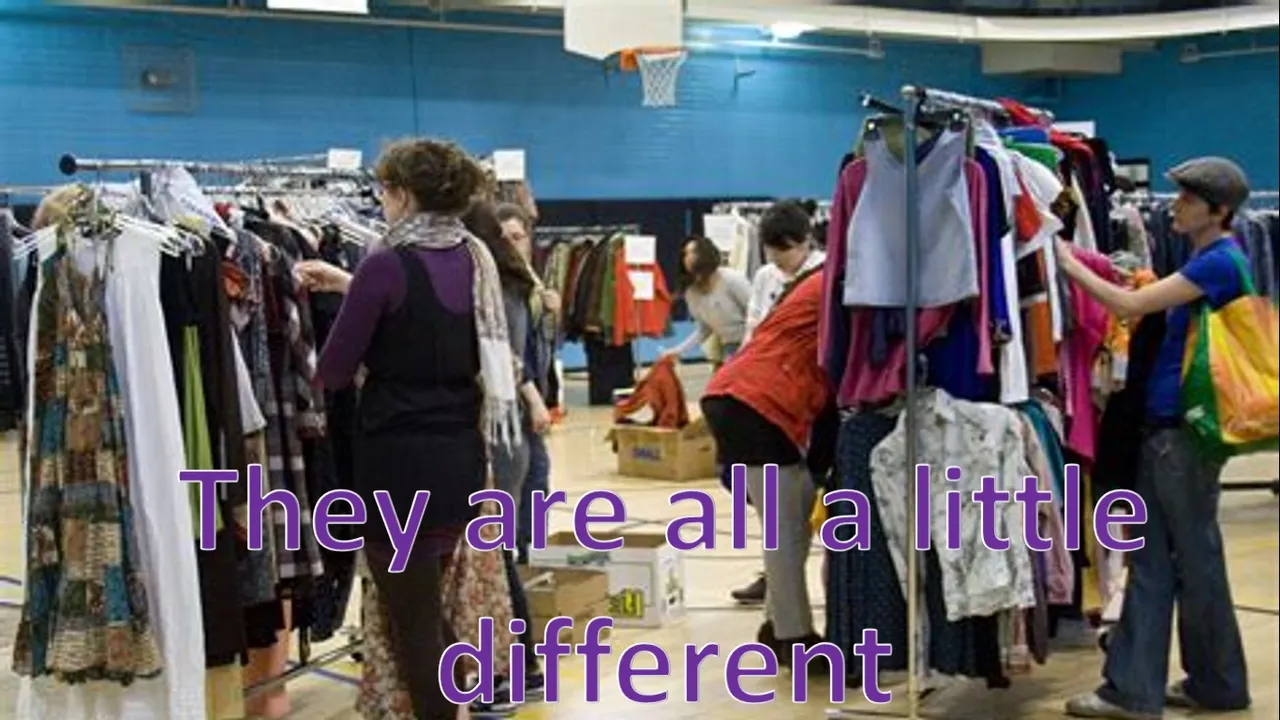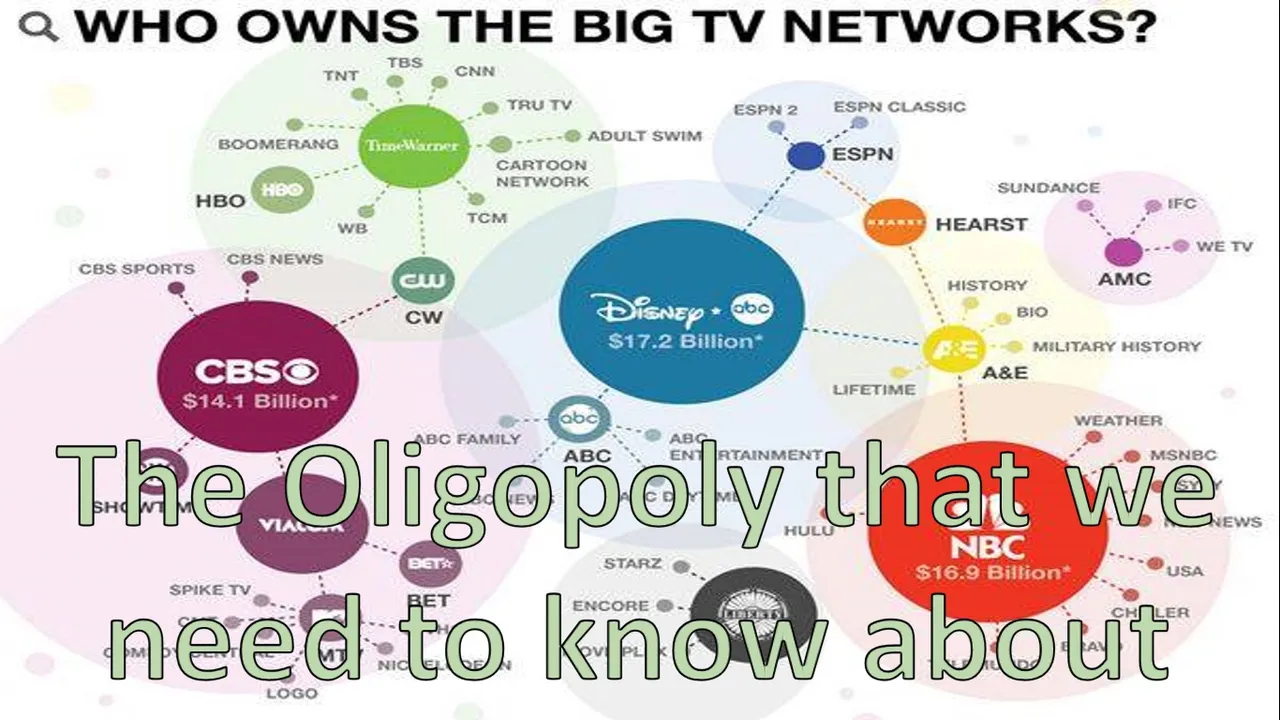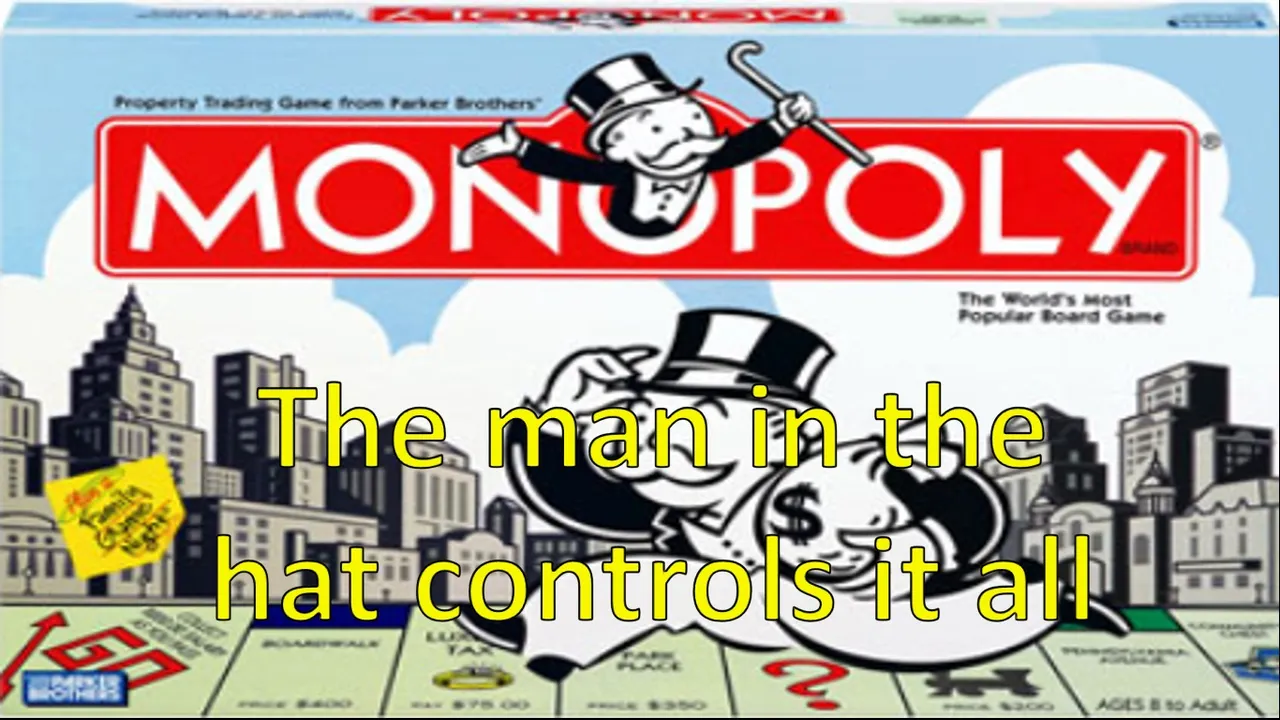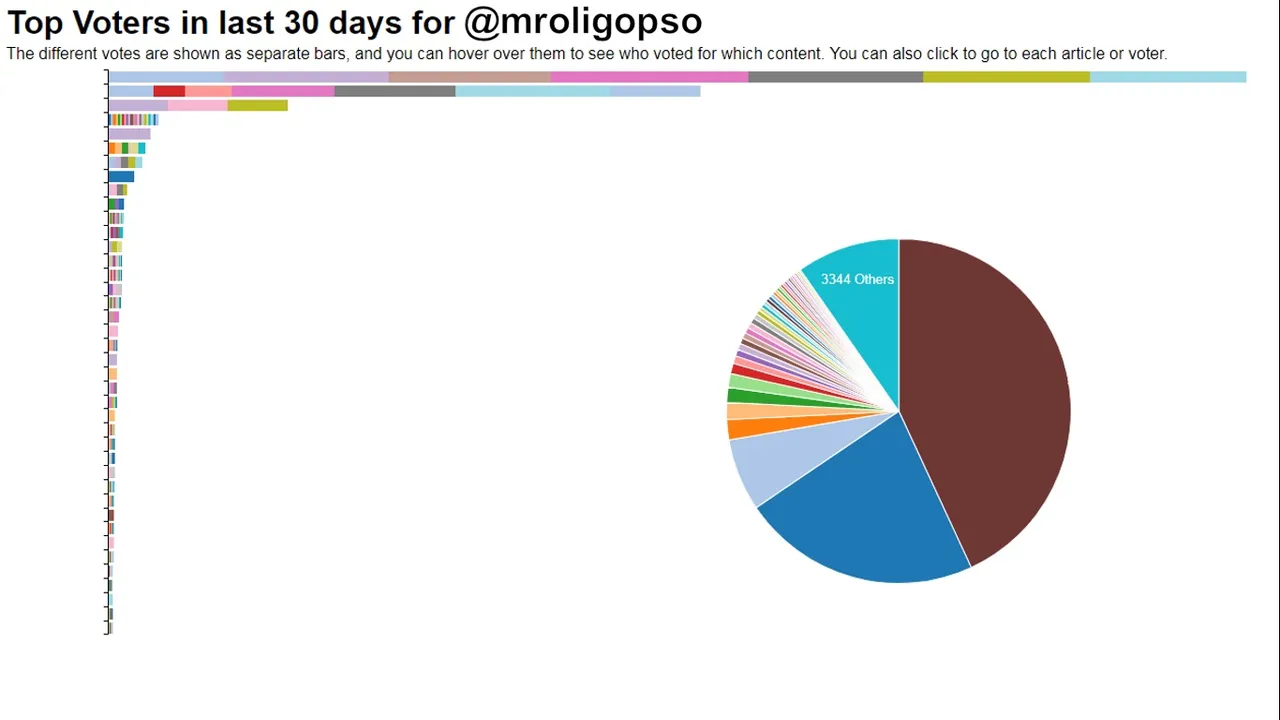Hi Everyone,

I have decided to start a series on market structure. There are several different types of market structures. The market structures that I intend to cover in this series are as follows:
- Perfect Competition
- Monopolistic Competition
- Oligopoly
- Monopoly
- Monopsony
- Oligopsony
The first four market structures are typically covered in most economics courses. Monopsony is sometimes covered and Oligopsony is almost never covered. I wanted to cover Oligopsony as I find that it has some interesting real life implications. In fact, I believe it has relevance in regards to the Steem platform but that is a discussion for another day or possibly later in this post; we will see how we go.
So in this introduction post, I will briefly introduce each of the six market structures that I will be covering in the series.
Perfect Competition
Perfect competition exists when there are many buyers and sellers of products that are close to homogenous. In this market structure, the price and quality of products from competing sellers varies by very little, if at all. If a seller charges higher, almost all buyers will leave and buy from another seller charging less. If a seller charges lower, a large number of buyers will be attracted to that seller. All other sellers are pressured to also lower their prices. There is great incentive for sellers to charge as low as possible to attract as many buyers as possible.
In the short-run, the optimal price, in theory, is reduced to the minimum average variable cost of production. The minimum average variable cost of production is also the marginal cost of production (I will explain these terms in more detail in the perfect competition post). Sellers generally do not sell at a price lower than marginal cost as each sale will result in a loss of profit. In the long-run, the optimal price, in theory, is reduced to the minimum average cost of production. Sellers earn what is called normal profits. Normal profits can be considered, for this discussion, as zero profits but there is a little more to it than that.
There are not many real life examples of goods or services that belong to a perfectly competitive market structure as most markets have some form of product differentiation. Fresh produce industries are often cited as a form of perfect competition but even pears have some form of product differentiation. Perfect competition has some value in regards to modelling. I will explain this in more detail in the perfect competition post.

Monopolistic Competition
Monopolistic competition, like perfect competition, has many buyers and sellers. Unlike perfect competition, in monopolistic competition there is product differentiation. Product differentiation allows for variances in prices but these variances are normally small. Products are normally quite similar and any differences between products can normally be replicated in the long-run. Monopolistic competition can provide sellers with supernormal profits in the short-run. Supernormal profits are profits that are greater than zero. In the long-run, in theory, supernormal profits revert back to normal profits. In reality, there are cases where it is possible to sustain supernormal profits in the long-run.
There are many real life examples of monopolistic competition. Many types of clothing products can be considered monopolistically competitive as they vary in style, fabric, brand reputation, etc. Food products at the grocery store are often monopolistically competitive. Though many brands are starting to fall under an oligopoly type of market structure.

Oligopoly
Oligopoly has a few major sellers dominating the market and often many buyers. Oligopolies often get their power from barriers to entry. These barriers to entry can either be natural such as large set-up costs or economies of scale. They can also be achieved through legislation such as patents and copyrights or exclusive access to particular resources. Oligopolies tend to make supernormal profits in both the short-run and the long-run. In theory, it is possible that competition between the larger sellers can bring the price down to cost but that rarely happens. There might be certain levels of product differentiation but this is often quite minimal. Barriers to entry generally protect the industry.
There are also many real life examples of oligopolies. Many privatised public monopolies become oligopolistic in nature. This is common for public utilities and transport. Pharmaceutical and television networks are also good examples of industries that typically form oligopolies.

Monopolies
A true monopoly is a market where there is only one seller of a good or service. There are normally many buyers but that is not always the case. Monopolies have very steep barriers to entry that restrict access to any other seller. Like with oligopolies, these barriers can be natural or enforced through legislation. Monopolies are often Government owned and relate to areas such as transportation, healthcare, education, water, energy, correctional services and law enforcement. Private sector monopolies sometimes exist. These monopolies can exist in banking, utilities, resources, and even sports.
Monopolies are able to, if not regulated, have complete control over quantity and price. This enables them to maximise profits in both the short-run and the long-run. Monopolies often restrict supply in order to maximise profit. There are also theories suggesting that monopoly power will eventually be eroded as competition will break through the barriers to entry. Government is often the greatest protector of monopoly power.

Monopsony
A monopsony exists when there is only one buyer of a particular good or service. There could be many or a few sellers. Defence and military are typical examples of likely monopsonies. Monopsonies sometimes exist in labour markets where there is only one employer for a particular type of worker.
In a monopsony, the buyer has considerable control over the price and quantity of goods and services sold. A monopsonist would prefer there to be many sellers in order to increase control over price. If there are few sellers, it is possible for sellers to make supernormal profits. Barriers to entry, again, play a key role, see oligopoly and monopoly described above.

Oligopsony
Oligopsony is rarely discussed in economics but it still an interesting market structure. An oligopsony occurs when there only a few buyers of a good or service. Cocoa is a typical example of an oligopsony with only three major buyers (Cargill, Archer Daniels Midland, and Barry Callebaut) and multiple sellers.
I have chosen to discuss oligopsony in this series for another reason. I have been looking at the percentage of incoming votes of many of the most success Steem authors. Many of these authors obtain the large majority of their revenue from just a handful of major stakeholders (upvoters). This is essentially turning their accounts into oligopsonies. This may appear strange, as many of these authors receive many upvotes but most of these upvotes are of a very low value. If these authors lost the upvotes of their top five upvoters, they would receive very little payout. Self-voting adds additional complexity to the analysis, which I will talk about in the oligopsony post.

Conclusion
This brings me to the end of my introduction to market structure post. I hope this gives you a feel for some of the areas I will be discussing in future. Thank you for taking the time to read my post.
Additional points for discussion
I have listed a number of different industries below. I would appreciate it if, in the comments section, you could select a few of these industries and provide reasons as to what market structure these industries would most likely belong to in your opinion. There are not any right or wrong answers as market structures for particular goods and services can vary from country to country. The strength of your answer would be improved by providing supporting evidence.
- Compact car
- Portable battery
- Cheese
- Stand-up comedy
- Comic book
- Peanut Butter
- Travel blogging
- Country music
- High fashion brand handbags
- Cosplay
I will upvote my favourite answers.






